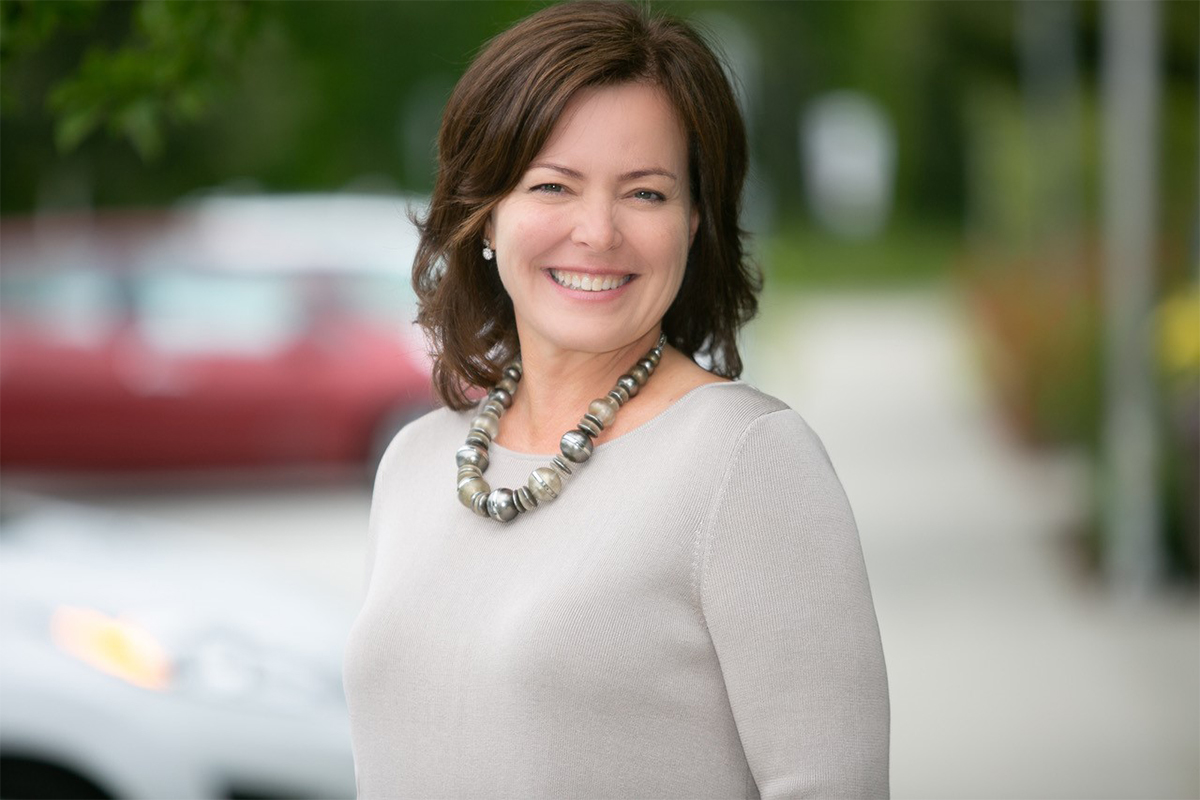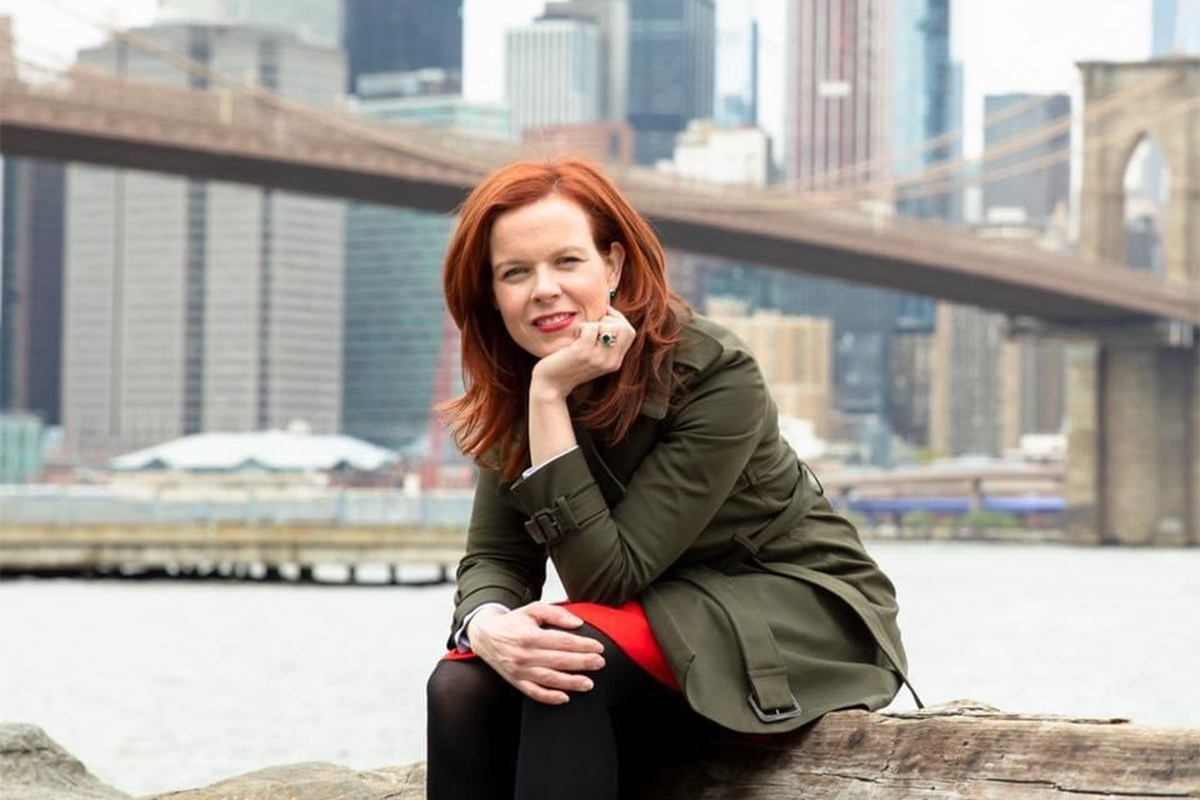A challenged world is an alert world. That’s the premise of this year’s International Women’s Day; a global effort to celebrate women’s achievements and encourage equality.
In Canada, gender, diversity and inclusion statistics show there is a 28% gap between the proportion of men and women in management positions (about 64% men and 36% women).
At Alberta Central, the central banking facility, service bureau and trade association for Alberta’s credit unions, 40% of the leadership team is female. We asked these leaders some questions to get their thoughts on how all Alberta businesses (and Albertans) can make gender diversity a priority.
We spoke to Loree Gray, the Chief Strategy, People and Credit Union Relations Officer and Kate Hill, the Chief Risk and Compliance Officer. Here’s what they had to say:
Q1. How did you reach your level of success?
Loree: Defining success is a subjective exercise! However I would say that I felt successful once I reached a point in my career when I was making a positive impact to the career development of the people I worked with and the business results of the organization I was leading. For me, this took time and lots of energy! It also took a commitment to my career, which is always a balancing act with the other parts of life.
Kate: My path was by no means linear. I did not start out knowing what I wanted to be when I grew up. I think this is a big part of it, being open to opportunities to diversify my skillsets and experience and the willingness, or bravery, to pursue those opportunities. I didn’t know how valuable that would end up being later in my career.
I was relatively young when I was approached about the executive opportunity at Alberta Central. I was living and working in Vancouver at the time in the credit union system. The CEO of Alberta Central heard I was interested in moving to Calgary. I turned him down initially because I felt that I did not meet all of the requirements in the role profile. He encouraged me to think about it, stating that no one who had applied ticked all of the boxes.
I remember going home and discussing the opportunity with my husband, he thought I could do it (he always thinks I can do things that I’m not sure about, that is a key contributor to my success as well), but I still wasn’t sure. It wasn’t until someone said to me that “I wasn’t ready, that I was too young and hadn’t put in my time”, at that moment something was sparked in me, this desire to prove them wrong. I didn’t have people management experience, so I read a bunch of leadership books to determine what my leadership style was and when I was interviewed I was honest about the lack of experience but I applied what I had learned about myself to each situational question I was asked. I got the job.
I have been fortunate to have had a series of bosses who for lack of a better phrase “took a chance on me” and provided me with opportunities. My appreciation for these opportunities was punctuated by a drive to deliver – I worked hard, was highly focused and I was willing to contribute to the organizations I served in any way I was needed regardless of the tasks outlined within my role profile.
Continuous and self-directed learning is also a key contributor – listening in meetings and making note of the things I didn’t know and then spending time after the meeting learning as much as I could about the things I didn’t know so that next time I could actively contribute to the conversation.
Finally I have been surrounded by strong leaders, many of whom are women. They have been generous with their time and have supported me in my career growth.

Q2. What’s the best advice you received in your career, or what advice would you give to the next generation of women leaders?
Loree: Many years ago when I was expecting my second child (she’s 20 years old now!), I suggested to my leader at the time that I likely wasn’t the best candidate for the promotion he was offering me because I was pregnant and would be off on maternity leave shortly. He responded by saying, “that is a work around Loree – not a show stopper.”
And there I was at the time, as a senior leader, already advocating for more women in leadership, not following my own advice. Build a network, develop well rounded functional and people leadership skills and experience and then draw on these things as you navigate career opportunities.
Kate: The best advice I’ve ever received is from my dad, he once said, “you don’t have to be the smartest person in the room Kate, you don’t always have to be right.” I would give this advice to the next generation of leaders. I would also say, listening for comprehension as opposed to thinking about how you are going to respond quickly and cleverly to what the other person is saying, is important. You don’t know everything. You won’t grow or learn if you are firmly fixed on your position, and defensiveness will be your downfall. Actively contribute to the conversation, speak up, don’t be shy. This may sound harsh, but no one owes you anything. You must be an active participant in your own development and opportunities – progression is not afforded to you based on how much time you put in, or your age – I would give this advice to all potential future leaders. Don’t always be focused on the next best thing. Progression is not simply working your way up the corporate ladder, there is lateral progression too, the growth that can happen within the role you currently occupy; this is where I have experienced the most development in my career to date.

Q3. How has workplace culture changed for women throughout your career?
Loree: With only a couple of exceptions, I’ve been fortunate to work in positive and supportive environments. Generally, I think opportunities for women in business have opened up over the last 30 years as the merits of workplace diversity have become more widely understood.
Kate: I don’t have a lot of frame of reference here. I have been fortunate enough to work for progressive leaders, particularly at Alberta Central — both the former CEO, Graham Wetter and the current CEO, Ian Burns, afford people opportunities based on skillsets, experience and business need, rather than gender.
These leaders are the exception however, I do think that even today, there is room for improvement within the corporate world. At a point in my career I was referred to as a diversity candidate by a male in the workplace. Momentarily that comment made me question myself, stripping me of years of hard work, experience and sacrifices I had made to be where I was professionally. It enabled that teeny tiny seed of self-doubt to grow, before I very quickly shut that down, he was simply not as qualified as I was for the position, full stop. Words and labels matter, folks.
Q4. Which issues related to women or gender diversity do you think need greater awareness?
Loree: Many studies have proven that diverse leadership teams and boards produce better financial results for organizations – so it’s not just the right thing to do, it’s the right fiscal thing to do.
Kate: In other organizations and fields of employment the pay gap remains an issue that needs to be addressed.
A gender issue that I think needs greater awareness pertains to parental leave. I am fortunate that I have a supportive husband who serves as a stay at home parent to our five year old and three year old. In doing so he enabled me to be back to work just under six weeks after having both of our children. He faces judgment based on stereotyped gender roles, being labeled “Mr. Mom” or “Daddy Daycare” or being asked constantly when he is going ‘back to work’ as if being a parent isn’t one of the hardest jobs one can have. I also faced judgment as a woman and mother returning to work so quickly after having children. This has to stop.
Q5. What more can be done to promote women in leadership?
Loree: Thinking about recruitment, it needs to become part of the DNA of an organization to have both men and women on candidate lists – the search for candidates should not stop until there is good representation. Then the selection comes from a diverse pool. And the more women are on candidate lists for leadership roles, the more they will land in the jobs.
Thinking about everyday practices, women need to own the task of positioning themselves for opportunities. This could look like a variety of different things, from honing individual skills, to participating in projects or networks to reaching out regularly to other leaders to share stories.
Kate: I think that mentorship and encouraging women to apply for opportunities even if they don’t meet all of the requirements of the role profile, are good places to start. I’ll let you in on a secret, in most cases when organizations advertise a role quite often the criteria listed is a wish list, don’t be afraid to apply if you don’t meet every requirement. I always look for potential and fit – ‘coachability’ is a huge factor for me when I’m hiring.
